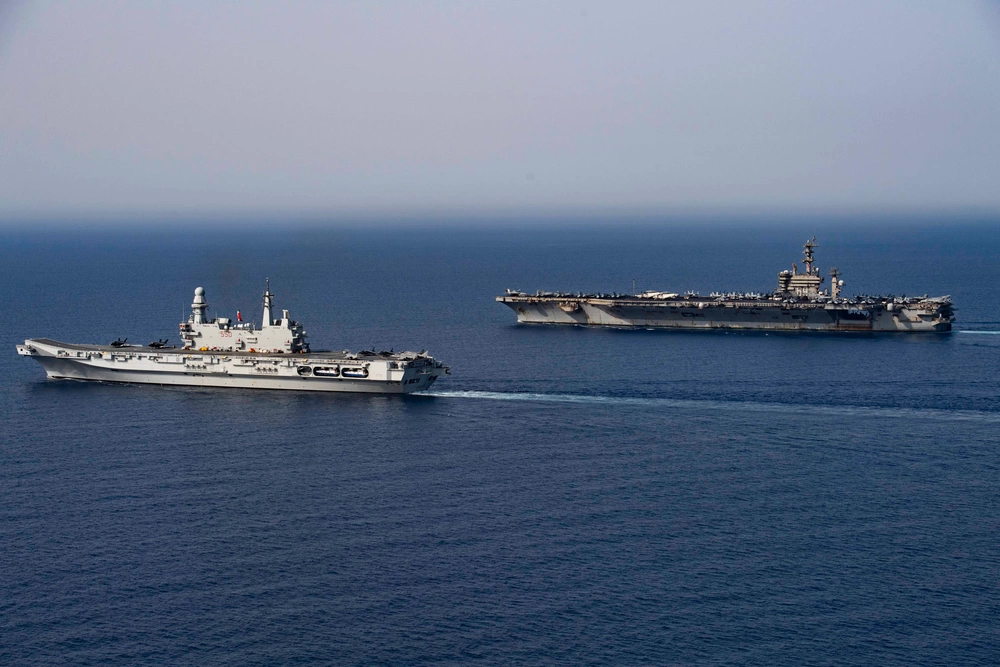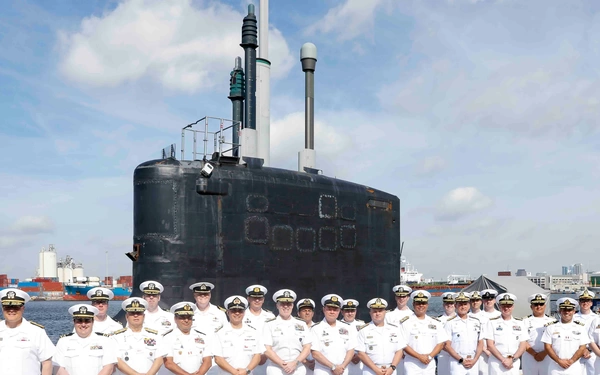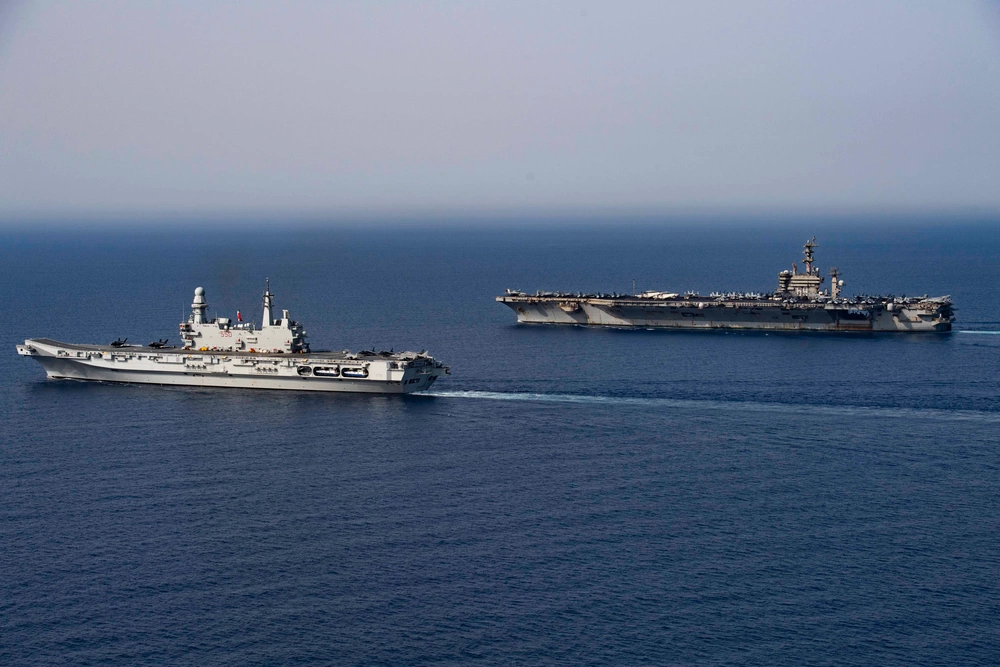
Recent military maneuvers by the United States in the Middle East, including the hastened deployment of the USS Abraham Lincoln Carrier Strike Group and the guided missile submarine USS Georgia, signify a substantial increase in U.S. military presence in the region. These actions come amidst escalating tensions following the assassination of Hamas political leader Ismail Haniyeh in Tehran, an act Iran attributes to Israel, intensifying regional instability.
The U.S. Defense Department has reiterated its commitment to defend Israel while urging Iran and its proxies to refrain from escalating violence.
This robust military response includes deploying significant air and naval power to the CENTCOM area, aiming to deter further aggression and protect U.S. interests.

Critics argue that the Biden-Harris administration’s approach may be drawing the U.S. closer to a direct conflict. The recent deployment of additional forces and military assets is seen as a strong signal against Iranian aggression.
However, this strategy also raises concerns about the potential for a larger regional conflict, especially with the U.S. taking direct military actions against IRGC-related targets. The strikes were aimed at degrading IRGC capabilities and stopping attacks on U.S. personnel, with U.S. officials emphasizing that while they do not seek a broader conflict, they are prepared to continue military responses as necessary).
Despite these assurances, the continued military build-up and active engagement in conflict zones raise critical questions about the long-term implications of U.S. foreign policy in the Middle East.
Are these actions preventive measures to safeguard U.S. assets and allies, or do they signify a deeper involvement that could lead to more extensive military engagements? The administration’s strategy, while intended to curb hostilities, also risks further entrenchment in the region’s complex and volatile dynamics.

